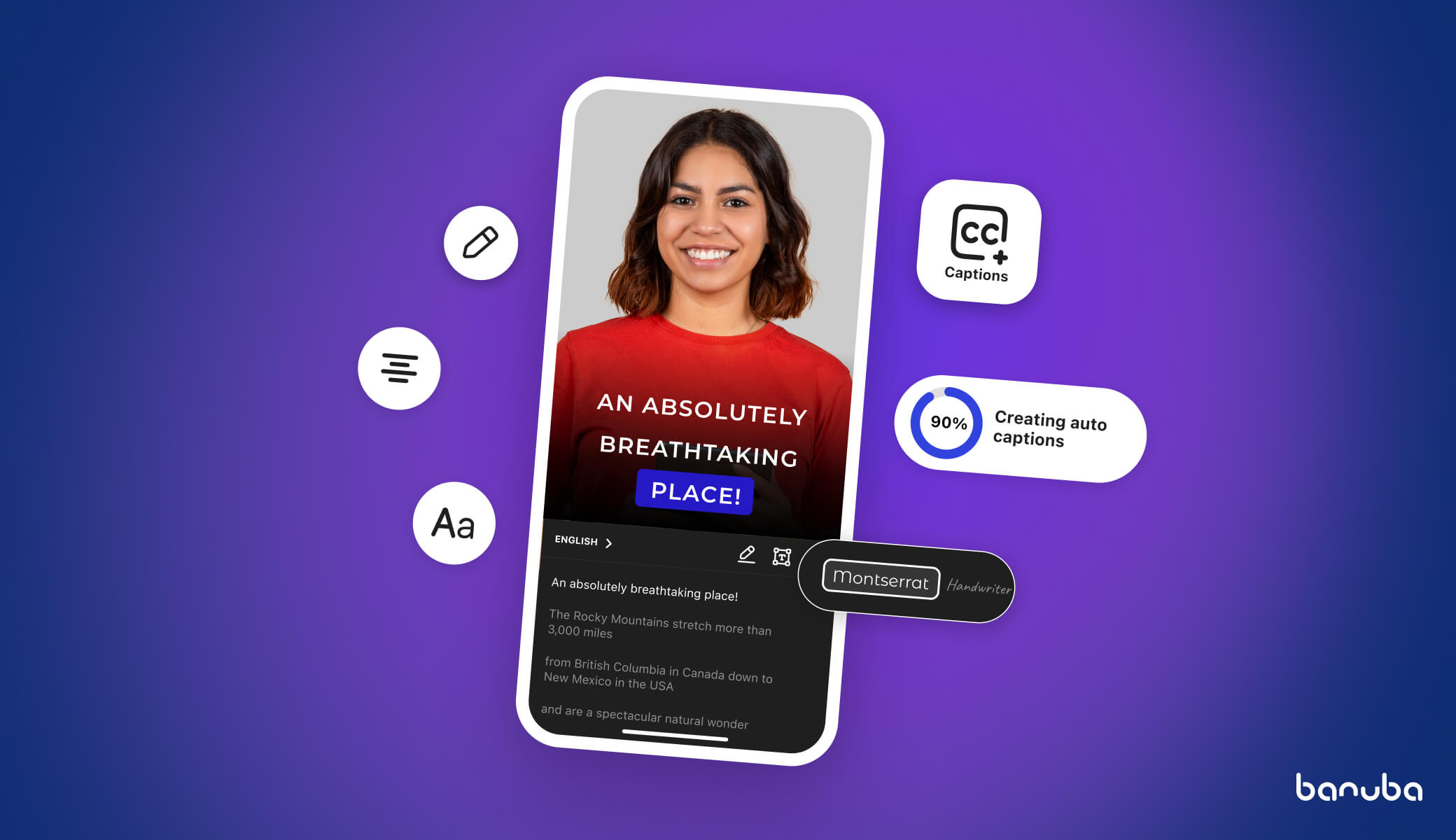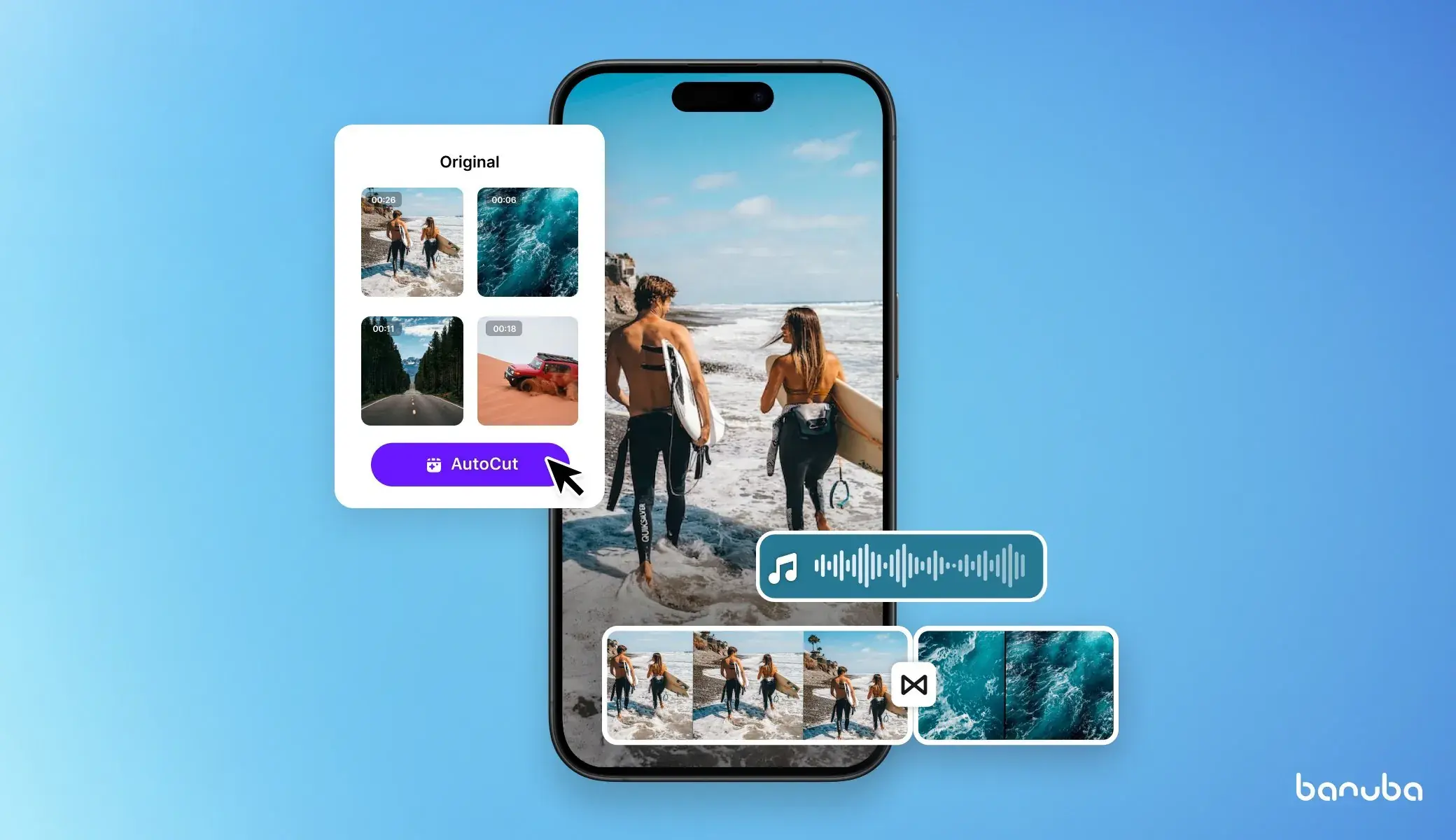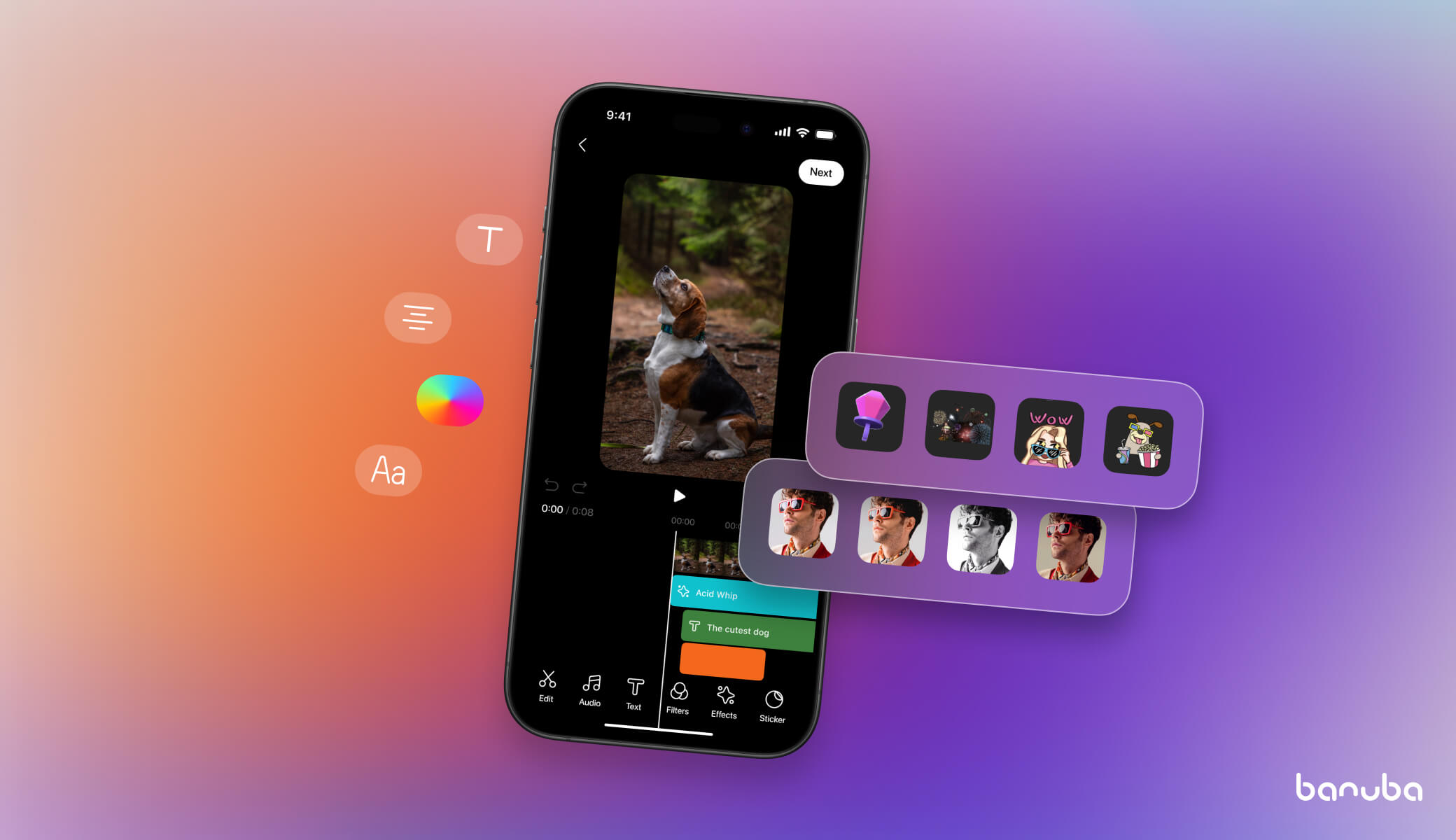[navigation]
Tl;DR:
- Over 70% of users watch videos in silent mode.
- AI closed captions both save creators’ time and help their content get more views.
- Developing them from scratch takes a lot of time and money, but integration of a ready-made solution is much faster.
- AI closed caption integration is easy if you follow the instructions below.
Why you need AI subtitles
The overwhelming majority of people watch videos on their mobile devices. In the USA, for example, this constitutes 70% of internet users. And most of those (from 75% to 92% depending on the study) do it with the sound off.
The reasons are many, for example keeping order in public places or not wanting to listen to potentially obnoxious music.
As a result, no captions means no views. But when subtitles are available, 80% of people are more likely to watch the piece until the end. The most interesting part is that 37% are more likely to turn the sound on if they like the captions.
The creators obviously want their content watched. However, they are forced to spend a lot of time adapting to the modern silent trend. Manual captioning takes about 5-10 minutes of work per minute of video.
Compare it to AI subtitles that automatically do all that work, and you will understand why having auto captioning software as part of your product is a must.
How does captions AI work?
At its core, a subtitles AI is a speech-to-text software. It recognizes the spoken words and converts them into written ones.
Here’s how it works in simple terms:
- Listening. The software scans the video and captures the sound waves.
- Audio processing. The sound is converted into a format that the system can understand and process.
- Breaking down sounds. The system analyzes the sounds and breaks them down into smaller parts called phonemes (the basic sounds of speech).
- Matching to words. Using a database of words and phrases, the system tries to match the sounds to known words.
- Understanding context. It also looks at the context to improve accuracy, considering grammar and common phrases.
- Outputting text. Finally, the matched words are put together to form sentences, which are displayed as AI subtitles for video.
There are nuances, of course. For example, the captions AI needs to be trained for each individual language. Moreover, it should take into account noises, accents, and sound quality to achieve the best possible accuracy.

How to get AI video subtitles for your app
AI-generated captions are a technically complex feature, and making it from scratch is going to take months if not years. The cost is also bound to be high.
There is a more convenient option – an off-the-shelf solution like AI captions SDK, library, or API. These ready-made modules can be integrated into your app in just a few hours (sometimes as little as 8 minutes) saving both time and effort. Even large and established companies (e.g. Slack) follow this route.
Take Banuba Video Editor SDK, for instance, which is one of the most advanced closed captioning software on the market. It supports English, Mandarin, Spanish, Portuguese, and Arabic (Gulf and Standard dialects) and is perfect for social media content.
Beyond AI subtitles, it offers many other features, such as:
- Recording
- Ttrimming/merging
- Transition effects
- 3D masks
- Virtual backgrounds
- Fast-forward and slow-motion
- Picture-in-picture
- AI clipping
- Color grading and filters
- Royalty-free music
- And much more
Plus, it’s compatible with both native and cross-platform apps so no matter what development framework you're using, this SDK can be a perfect fit for your project.
AI subtitles integration in 2 steps
Request the SDK archive and a 14-day trial token in the contact form below. And no, we don’t need your credit card.

The SDK is available as CocoaPods for iOS or Maven packages for Android, and you just have to merge it into your project following the simple instructions on GitHub:
Just like that — several hours of your time — and you have superb AI captions for video.
Conclusion
More than 70% of users watch videos without sound, and subtitles increase the chance that a clip will be seen in its entirety. However making subtitles takes a lot of time so AI captions are in demand. Developing them from scratch is very time-consuming and expensive, so using a ready-made captioning software (a captions SDK, library, or API) is the more efficient way. Banuba Video Editor SDK can be integrated into an app in development or a finished product in a few hours, so don’t hesitate to request a trial and see its functionalities for yourself.







